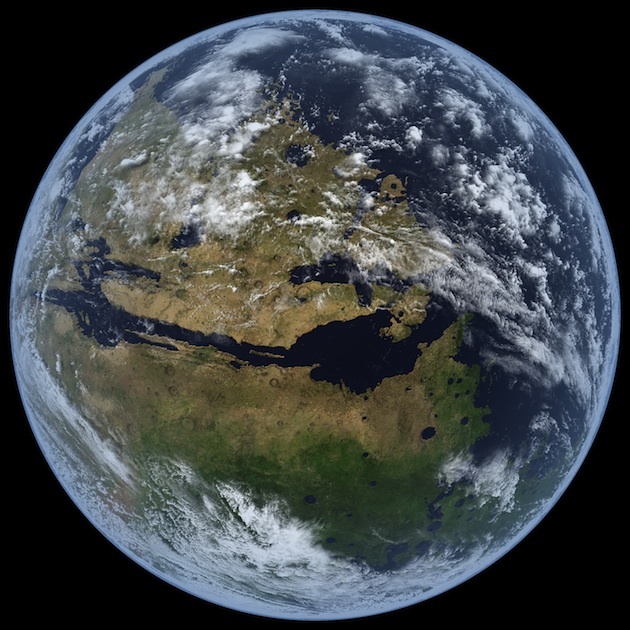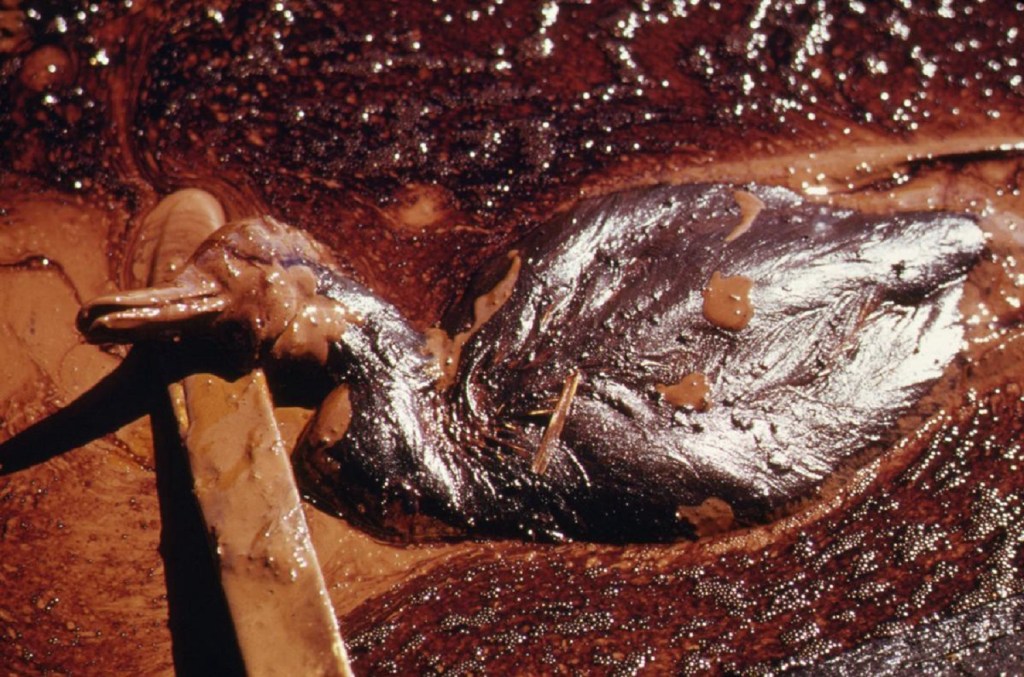Never mind those Mercurial enthusiasts who say we could survive in cities on the closest planet to the sun—our interplanetary home away from home will always be Mars. That’s the primo post-moon destination for an offworld colony, we all know. Hell, the Dutch are looking for volunteers as we speak.
When we imagine moving to Mars, we typically see our selves in one of two scenarios. First, you’ve got your sealed-off cities, domed or subterranean, shielded from the elements and containing manageable oxygen levels, a la Total Recall (the original, obvs). And that’s fine. If we ever do somehow manage to set up a research station on Mars, it’d probably be underground.
Videos by VICE
But terra-forming is obviously where the real fun’s at. That’s when you get your wacky Bradburian alterna-Earths and your sprawling Kim Stanley Robinsinion societies. Imagining a shot at a brand new inhabitable planet—with modern technology, modern social ideals, and the winds of science at our backs—is the ultimate sci-fi thought experiment.
Digital artist Kevin Gill has just given that thought experiment one hell of a visualization: his ‘A Living Mars’ rendering has made the blog-rounds, and for good reason. It’s a painstaking nonscientific realization of a “wet” Mars, with Earth-like continents and bodies of water.
I’ll just let him do the explaining:
This is a view of the Western hemisphere with Olympus Mons on the horizon beyond the Tharsis Montes volcanoes and the Valles Marineris canyons near the center … The completed model was done in several steps…
A two dimensional digital elevation model was first rendered in jDem846 (an open-source learning project of mine) … In that model, I picked a sea level and scripted it such that terrain at or below that level was flat and blue.

The resulting model was then brought into GIMP were I painted in land features using a NASA Blue Marble Next Generation image for the source textures. There is no scientific reasoning behind how I painted it; I tried to envision how the land would appear given certain features or the effects of likely atmospheric climate. For example, I didn’t see much green taking hold within the area of Olympus Mons and the surrounding volcanoes, both due to the volcanic activity and the proximity to the equator (thus a more tropical climate). For these desert-like areas I mostly used textures taken from the Sahara in Africa and some of Australia. Likewise, as the terrain gets higher or lower in latitude I added darker flora along with tundra and glacial ice. These northern and southern areas textures are largely taken from around northern Russia. Tropical and subtropical greens were based on the rainforests of South America and Africa.

Some critics have taken issue with Gill’s placement of certain geographical features, but to those critics I say this: how about you go design your own hyper-realistic NASA-modeled image of a terraformed Mars, jerkwads. This isn’t science here; it’s an artistic gambit that lets us all spend a few pleasant moments envisioning a livable Mars. Savor it.




